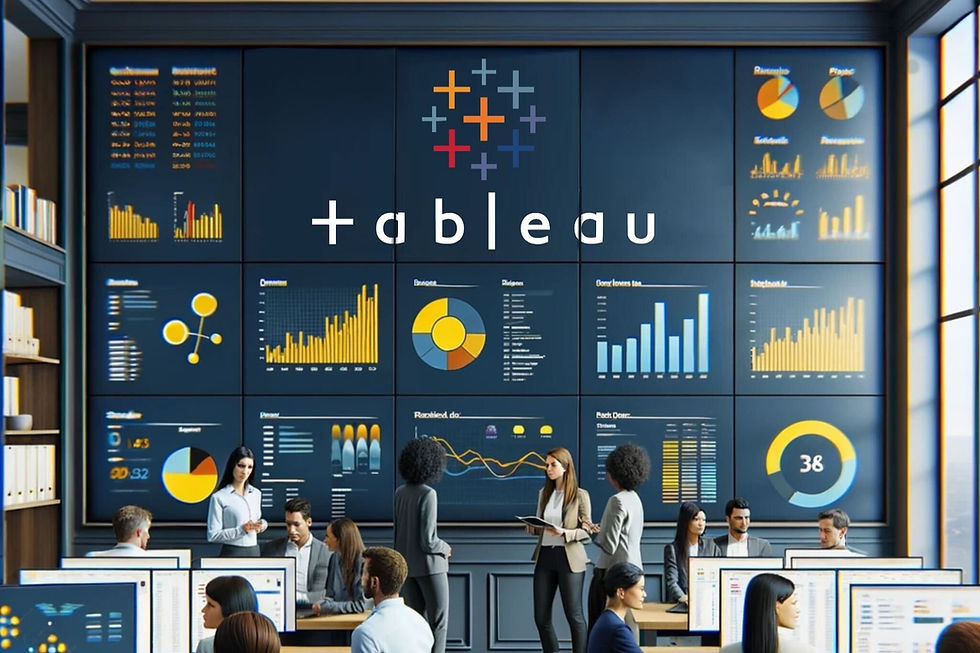What Can Music Teach Us About Integrations?
- Alex Garcia

- Jan 25, 2021
- 3 min read
Updated: Nov 18, 2022
You don’t commonly equate IT systems with music, either the composition or the individual’s components of it. Two distinct aspects of human creativity that we utilize as tools (sometimes).

As an IT professional, I like to take time in my day to play an instrument, to challenge another part of my brain and way of thinking so that I can be better at doing my job, architecting IT systems. In my pursuit of music learning, I drew on a lot of parallels to my work as my mind unwound from one subject to the next. I thought I’d sum up some of the finer points of my thinking. So, what can music teach us about integrations?
Notes/Chords. The base layer descriptor of the song. The notes are the very beginnings of the creation of music, a single note played on an instrument. Within IT systems integrations, the chords are the generators of information, the triggers that initiate the actions of response from the system in the form of automation, code, or integrations. These are usually actions taken to input data about processes in the real world, your business activity.
Reverb. The continued sound of the note on the instrument as it finishes its vibration or is warped additionally. If notes are actions, some notes will resonate through the system via automation and onto other systems via code or other integrations. Understanding the end of the sequence of actions and their impact on other systems is even more important in integrations, where the reverb can have drastic consequences if not properly tuned.
Rhythm. No one likes a loop that goes out of control, in music or integrations. Loops are the basis for many of music's endearing qualities, the rhythm that the instruments produce helps us determine the type, genre, and emotion of the music. Loops in integration are necessary to get data between connected systems, however out of control loops can erode system usability, cost unnecessary cloud system usage, and require immediate attention from expensive resources. We only get 24 hours in a day, finding the rhythm to your integrations between systems becomes crucial for integration harmony.
Harmony. The integration of notes into a string of chords that conveys an expression of creativity is an integral part of music production. Creating harmony between the different instruments. The core purpose of integrations is to enable the flow of data from one system to another, cascading automations, notifications, and reactions from the receiving systems. Harmony in integrations starts with data generated “from the real world” which causes our systems to hum the process of our businesses. The harmony of the systems depends heavily on how it is put together, not all harmonies are appealing.
Orchestration. This is taking all of concepts covered previously and applying them across departments, organizations, and other groupings (time zones, geographic locations, service levels). Orchestration can be multi-layered, as in an orchestra, or single layered as in a lone acoustic guitar player. Piecing together the tangible parts of the chords and rhythms into a harmonic orchestration can be spoken of both complex integrations and songs. Multiple ETL processes, ERP, CRM, EHR, ALM… etc, all of these systems are vital to the processes of the business. Having control and visibility to the orchestration layer is key to successfully managing IT systems ecosystems.
If you are interested in finding integration harmony across your IT systems orchestration, drop us a line at sales@ennube.solutions.










Comments